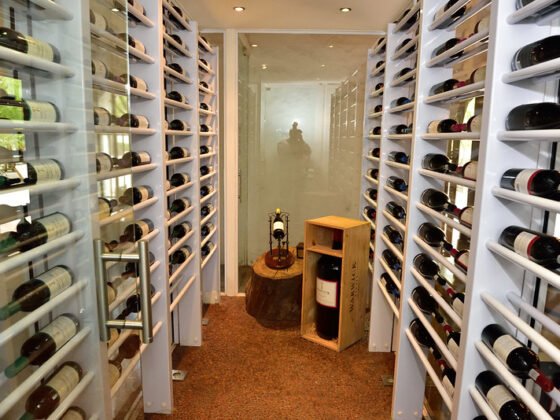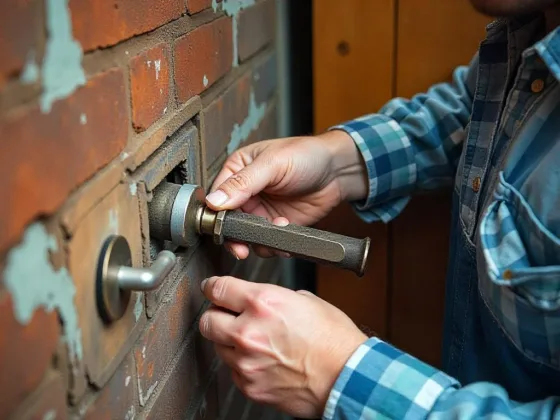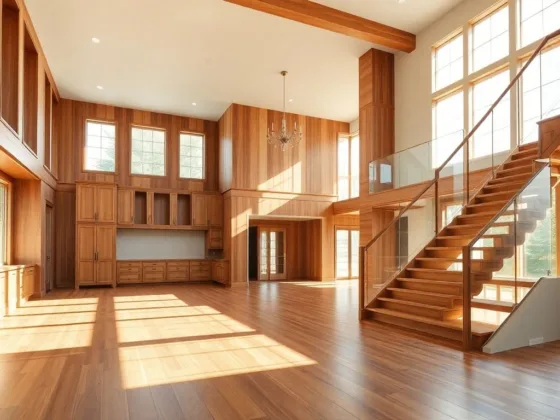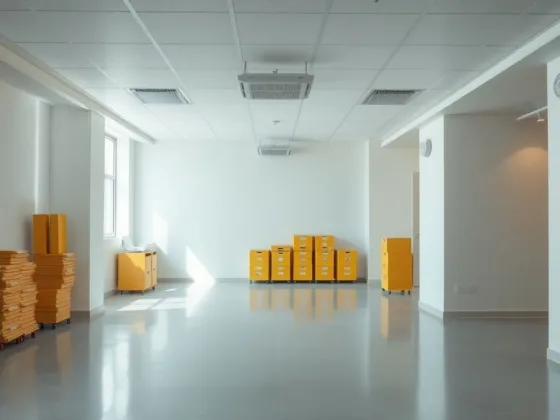Table of Contents Show
Construction is a booming industry and there is always something new that needs to be built.
However, this industry is also one of the biggest consumers of natural resources and largely contributes to environmental pollution.
In the last few decades, the value of sustainable building and construction has gained more attention. With the rising need for environmental-friendly construction, the industry has begun to change and more importance is being placed on utilising green building techniques to uphold sustainability.
In this article, we will take a closer look at six unique ways to make construction more sustainable. By thinking strategically and implementing the right techniques, we too can do our part to protect our planet.
Let’s dive in!
1) Use Sustainable Construction Materials
One of the best ways to build green is to start from the ground up and use eco-friendly materials. Sustainable materials are made using renewable resources. This means they consume less energy compared to traditional construction materials.
Instead of using cheap artificial materials like plastic and drywall in your projects, switching to eco-friendly materials can help you create aesthetically appealing projects while minimising environmental impact. Using construction materials like sustainable concrete, bamboo, and mass timber will not only reduce toxic emissions but also protect the environment.
Furthermore, with sustainable materials, you can cut down on waste generated onsite. Since sustainable construction materials are largely made from recyclable or renewable substances, fewer new materials need to be produced.
Through the usage of eco-friendly materials in construction, we can actively work towards a greener future. So regardless of whether you’re getting in touch with tarmac driveway contractors or concrete suppliers, make sure they are using sustainable materials.
2) Consider Green Road Construction
Roads help us to transport goods, people, and services. That’s what makes them such a crucial part of our society. However, the construction of these roads can also result in many environmental problems like air and water pollution.
Often, roads are built to withstand heavy traffic and need to be strong and stable. While materials like concrete and cement are durable and essential to urban environments, they’re not very eco-friendly.
The best way to combat this issue is to choose your aggregate suppliers carefully and use eco-friendly road construction materials. By doing so, we can actively reduce gas emissions during the fabrication process. Partner with suppliers and manufacturers who are committed to being environmentally conscious.
3) Invest in Proper Insulation
If you want to build an eco-friendly structure or property, you need to think about how you want to go about insulation.
Investing in proper insulation allows you to keep areas cool during the summer and warm during the winter. This minimises the need to keep heating and cooling units running, saving you money on your monthly utility bills.
The biggest benefit of investing in proper insulation is that it helps prevent global warming. Proper insulation reduces the level of heat that passes through floors, walls, ceilings, and other structures. Without any insulation, the heat passes through these structures more freely and greatly contributes to the greenhouse effect.
By actively planning to include foam injections and other wall and flooring insulations, you can build more sustainable architectural structures.
4) Get Smart About Lighting
Another simple yet effective way to plan ahead during construction is to invest in energy-efficient lighting.
Many energy-saving options can help you automate energy consumption. These “smart lighting” options, as they are popularly called, function by adapting to changes in natural lighting and occupancy. They include but are not limited to automatic light dimmers, lighting systems connected to motion detectors or daylight sensors amongst several other alternatives and solutions.
Some lightbulbs are harmful to the environment, especially those that contain mercury. Moreover, they also have shorter lifespans and usually increase the amount of glass in landfills. For these reasons, you need to install eco-friendly light bulbs like LEDs to save energy.
5) Install Water Saving Fixtures
Potential water wastage is another vital aspect that is often overlooked during construction projects. Water is a limited natural resource and we need to work towards preserving it whenever we can.
To reduce water wastage, consider installing water-saving fixtures. These fixtures are specially designed to limit the flow of toilets and taps and minimise water wastage.
Additionally, you could also encourage more clients to adopt similar eco-friendly products by calculating and showing them their future water savings.
6) Dispose off Waste Properly
Construction projects generate a lot of waste both on and offsite – from shingles and drywalls to lumber and countless other debris. As such, instead of sending your waste to a landfill, you need to look for better, more environmentally friendly waste disposal solutions.
Begin by taking your plastic, glass, and metal waste to a recycling facility and finding alternative uses for other materials that still have value. Many organic materials, like those mentioned previously, can be reused in other construction projects.
Moreover, you also need to control involuntary waste disposal like sedimentary runoff. As a protective measure, you could set up a silt fence. This would help prevent environmental issues caused by potentially hazardous materials entering nearby lakes and rivers.
To Wrap Up
Building green means prioritising sustainability wherever possible. The construction industry is a big consumer of the world’s natural resources and produces tonnes of waste. As such, we need to be at the forefront of pursuing sustainable construction processes, practices, and materials.
Through green building techniques like using ecological construction materials and disposing of waste properly, you can make a difference.
By implementing initiatives that reduce energy use and lower carbon emissions, we can work towards a greener and brighter future.
FAQs (Frequently Asked Questions)
One of the best ways to build green is to start from the ground up by using sustainable construction materials such as recycled steel, reclaimed wood, bamboo, and cork.
Green road construction can contribute to sustainability by incorporating permeable pavements, using recycled materials for road base, and implementing proper stormwater management techniques.
Proper insulation is important for eco-friendly structures because it helps reduce energy consumption by maintaining a consistent indoor temperature, thus reducing the need for heating and cooling.
Smart lighting planning can benefit construction projects by reducing energy usage through the use of energy-efficient lighting fixtures, sensors, and automated controls.
Water-saving fixtures such as low-flow toilets, faucets, and showerheads can be installed in construction projects to minimize water wastage and promote sustainability.
Proper waste disposal is important for construction projects to minimize environmental impact, reduce landfill usage, and promote recycling and reuse of materials.










